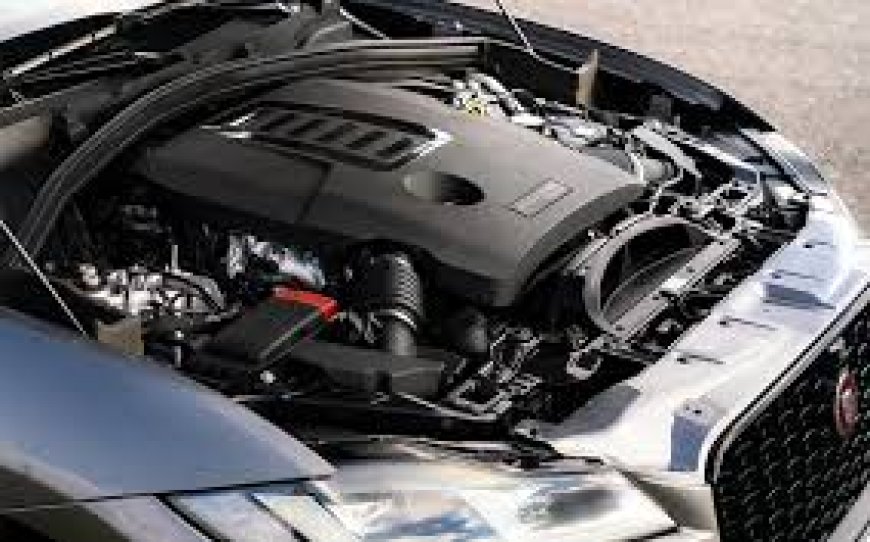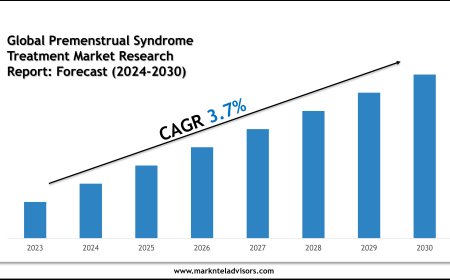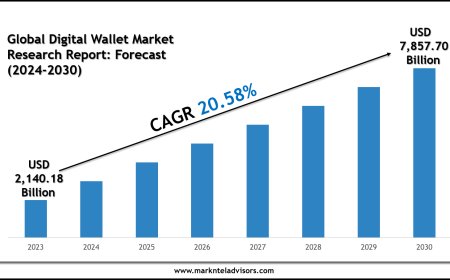The Future of Jaguar Engines: Hybrid, Electric & Beyond
Explore the future of Jaguar engines as the brand shifts to hybrid and electric powertrains, embracing sustainability, performance, and cutting-edge innovation.

For decades, Jaguar has been synonymous with British luxury, performance, and automotive innovation. With roaring petrol engines and sleek designs, Jaguar carved a niche that balanced elegance with raw power. However, the automotive world is changing, and Jaguar is evolving with it. The future of Jaguar engines is electric, hybrid, and beyond — embracing a new era of performance, sustainability, and intelligent design.
In this blog post, we’ll explore Jaguar’s ambitious transition from traditional internal combustion engines (ICEs) to hybrid and electric powertrains, the technological advancements driving this change, and what it means for the future of mobility.
1. Jaguar’s Commitment to Electrification
Jaguar Land Rover (JLR) made a bold statement in recent years: Jaguar will become an all-electric luxury brand by 2025. This decision marked a clear and aggressive commitment to sustainability, echoing global shifts in automotive trends and tightening emissions regulations.
JLR’s Reimagine strategy, announced in 2021, is the foundation of this transformation. It focuses on reshaping the Jaguar brand with a zero-tailpipe-emissions vision while redefining modern luxury through cutting-edge technology, sustainable materials, and advanced design philosophies.
2. Why the Shift? The Driving Forces Behind Jaguar’s Engine Evolution
Several key factors are driving Jaguar’s move toward hybrid and electric powertrains:
a. Environmental Responsibility
With increasing global awareness of climate change, automotive companies are under pressure to reduce emissions. Jaguar recognizes the importance of this responsibility and aims to lead the luxury segment in clean mobility.
b. Government Regulations
Stringent emission norms in the UK, EU, and other global markets are accelerating the shift toward electric vehicles (EVs). The UK government, for example, plans to ban the sale of new petrol and diesel cars by 2035.
c. Consumer Demand
There’s a growing market for premium EVs. Consumers are more tech-savvy, environmentally conscious, and increasingly interested in silent, smooth, high-performance electric driving experiences.
d. Competition
Brands like Tesla, BMW, Audi, and Mercedes-Benz have already established strong EV lineups. For Jaguar to remain competitive, innovation in engine technology is vital.
3. From Combustion to Hybrid: The Transition Phase
Before going fully electric, Jaguar is utilizing hybrid technology to bridge the gap between ICEs and EVs. Mild-hybrid and plug-in hybrid electric vehicles (PHEVs) offer improved fuel economy, reduced emissions, and better performance — all while maintaining a familiar driving experience.
Notable Jaguar Hybrids:
-
Jaguar E-PACE P300e – A plug-in hybrid SUV combining a 1.5L turbocharged engine with an electric motor for a combined 309 hp.
-
Jaguar F-PACE P400e – A larger PHEV SUV with 404 hp and a 0-60 time of just 5 seconds.
These vehicles showcase Jaguar’s ability to blend performance and efficiency — a hallmark of their engineering DNA.
4. The Rise of the All-Electric Jaguar
Jaguar’s first all-electric vehicle, the Jaguar I-PACE, was introduced in 2018 and marked a major turning point for the brand. With its sleek SUV body, dual-motor setup, and over 290 miles of range, the I-PACE won numerous global awards, including World Car of the Year in 2019.
Key Features of the I-PACE:
-
90 kWh battery pack
-
0-60 mph in 4.5 seconds
-
All-wheel drive
-
Fast charging capability (up to 80% in around 40 minutes)
The I-PACE laid the foundation for Jaguar’s all-electric future, setting high expectations for what’s to come.
5. What’s Next: Jaguar’s 2025 All-Electric Lineup
JLR has confirmed that Jaguar will unveil three new all-electric models starting in 2025, all of which will be built on a new bespoke EV platform called Panthera.
Expected Developments:
-
Grand Tourer & Luxury Sedans: Competing with Tesla Model S and Mercedes EQS
-
Electric Sports Coupe: A spiritual successor to the legendary F-TYPE
-
Advanced Battery Tech: High-density, fast-charging batteries with extended range (400+ miles expected)
These next-gen EVs will showcase not only luxury and performance but also Jaguar’s unique design language and focus on sustainability.
6. Technology Driving the Future
Jaguar’s electric and hybrid transformation isn’t just about the engine. It’s about intelligent integration of cutting-edge technologies, including:
a. Software-Defined Vehicles (SDVs)
Jaguar’s future cars will receive over-the-air updates, AI-assisted driving features, and personalized in-car experiences. The vehicles will evolve continuously through software improvements.
b. Advanced Driver Assistance Systems (ADAS)
Jaguar EVs will include adaptive cruise control, lane-keeping assistance, and potentially Level 3 autonomy in the coming years.
c. Connected Ecosystems
With enhanced connectivity, Jaguar vehicles will integrate with smartphones, smart homes, and cloud-based systems, offering seamless experiences.
d. Sustainable Materials
JLR aims to use recycled aluminum, plant-based leathers, and responsibly sourced fabrics in future Jaguar interiors, enhancing both luxury and eco-consciousness.
7. Challenges on the Road to Electrification
Despite its vision, Jaguar faces some obstacles:
a. Infrastructure Limitations
Widespread adoption of EVs depends on reliable charging infrastructure, especially in regions where it’s still underdeveloped.
b. Battery Supply Chain
Securing sustainable and ethical sources of lithium, cobalt, and nickel is crucial — and challenging.
c. Customer Perception
Transitioning long-time Jaguar fans from the roar of an ICE to the silence of an EV will require strong marketing and tangible driving benefits.
8. Beyond Electric: What Lies Ahead?
As Jaguar looks beyond electric vehicles, several futuristic innovations may shape its powertrain roadmap:
a. Hydrogen Fuel Cells
Though still in early stages, hydrogen-powered vehicles could offer fast refueling and longer range, especially for larger vehicles.
b. Solid-State Batteries
Compared to current lithium-ion batteries, solid-state versions promise higher energy density, safer chemistry, and faster charging.
c. Vehicle-to-Grid (V2G) Integration
Future Jaguars might not only drive but also power your home. V2G tech allows EVs to store and return energy to the grid during peak demand.
Conclusion: The Jaguar Spirit Lives On
Jaguar’s engine future might look different, but the essence of the brand remains the same — refined power, iconic design, and cutting-edge technology. Whether it's a whisper-quiet electric motor or a hydrogen fuel cell, the spirit of performance and luxury will continue to define Jaguar.
The shift to hybrid and electric engines is more than a mechanical change; it’s a redefinition of modern luxury and responsibility. With bold leadership and visionary technology, Jaguar is not just adapting to the future — it is helping to shape it.

































